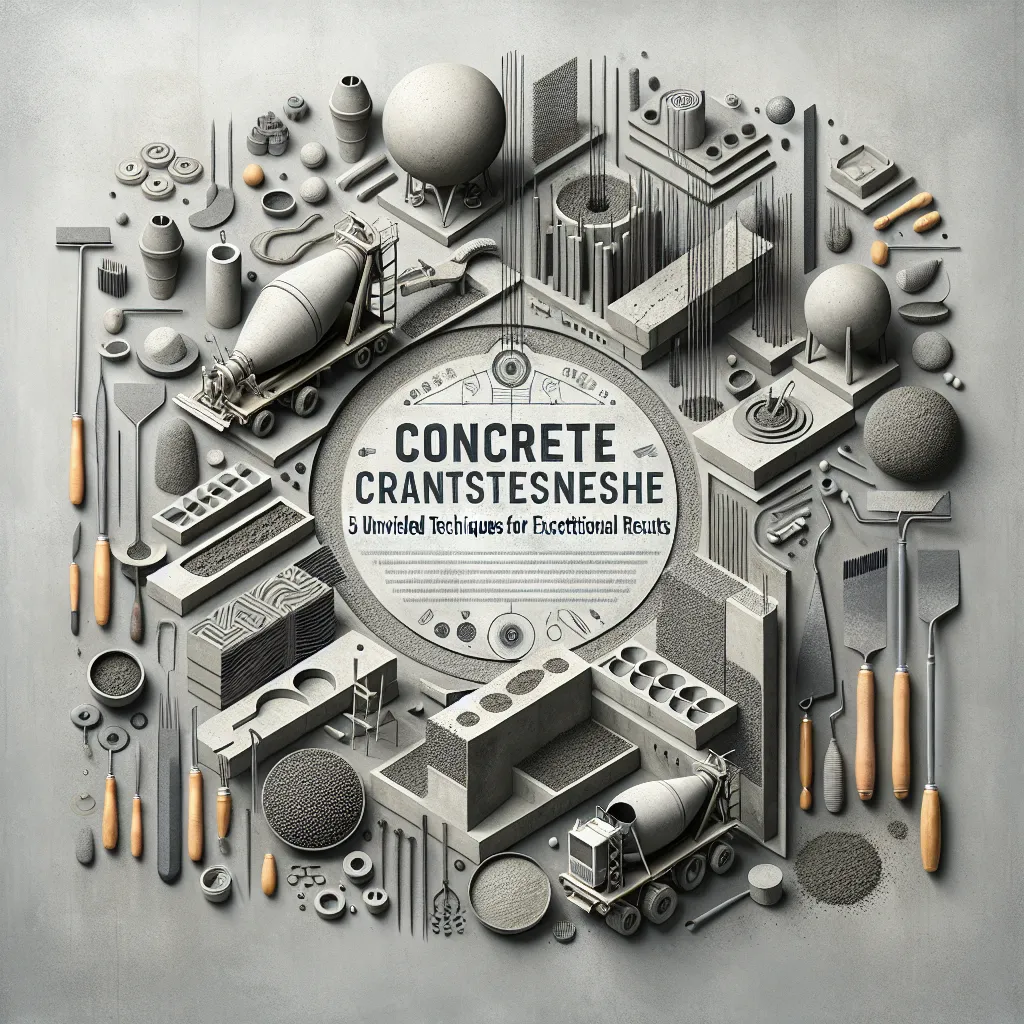Technique 1: Correct Concrete Mixing
A crucial step in achieving optimal concrete work results is ensuring the correct ratio of water to cement when mixing. Too much water can weaken the final product, while too little can make the mixture hard to work with. Experts suggest a ratio of about 0.45 (water) to 1 (cement) for optimal strength and workability.
Technique 2: Proper Consolidation
Air pockets trapped in the concrete mixture can weaken the structure and lead to cracks over time. The process of consolidation, or compacting the concrete mix, eliminates these air pockets. Use a concrete vibrator or a simple tamping rod for small projects to ensure full consolidation and a more durable finished product.
Technique 3: Optimal Curing Conditions
Curing is a critical stage in concrete work that significantly affects the strength and durability of the final product. Maintain moist conditions during the curing period to allow the cement in the mix to hydrate fully. Cover the concrete with plastic sheets or apply a curing compound to prevent rapid drying.
Technique 4: Mastering Concrete Finishes
The finish of your concrete work can make all the difference in its appearance. Master different finishes such as smooth, broomed, stamped, and exposed aggregate finishes to add versatility to your projects. Remember to choose a finish that is suitable for the project's functional requirements.
Technique 5: Implementing Reinforcements
Concrete is strong in compression but weak in tension. To overcome this, consider reinforcing your concrete with steel bars or wire mesh. This will not only increase the tensile strength but also help control cracking and add to the overall durability of your concrete structure.
Conclusion
Mastering the art of concrete work can significantly enhance the quality and durability of your construction projects. By implementing these expert techniques, you can take your concrete craftsmanship to new heights. So, roll up your sleeves, dive into the world of concrete, and let your construction prowess shine.
